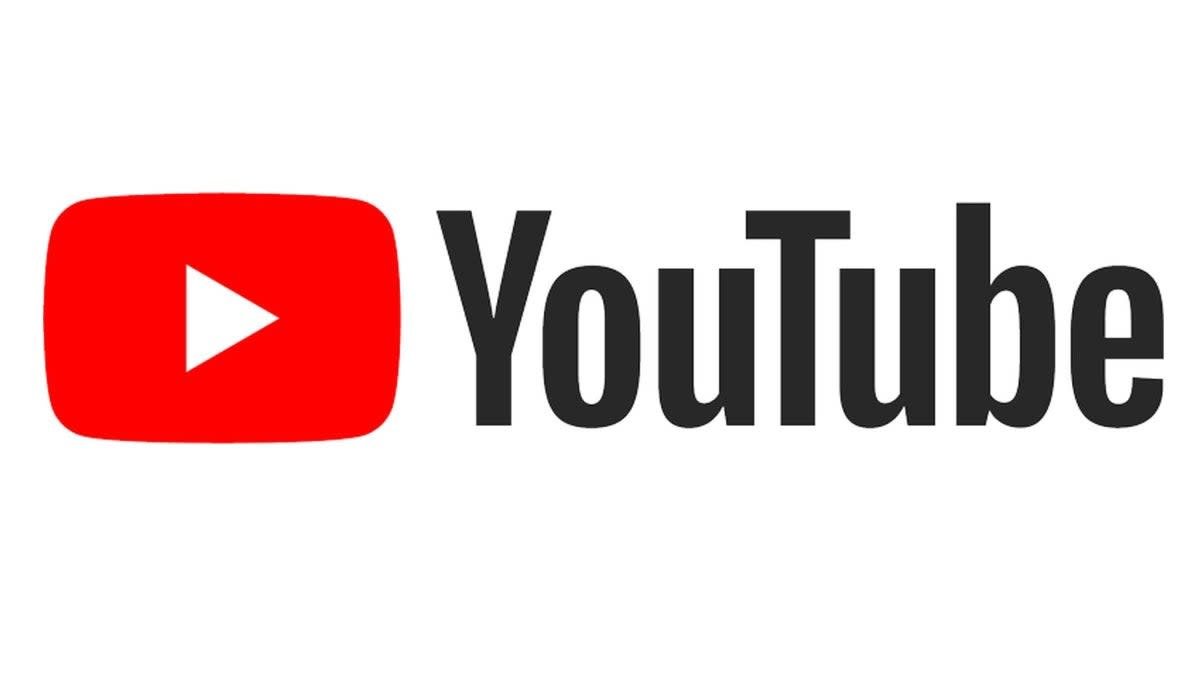In recent developments, YouTube has escalated its measures against users with ad blockers, causing a significant slowdown in the platform’s performance. This new tactic from YouTube aims to encourage users to either disable their ad blockers or switch to the paid YouTube Premium service.
Key Highlights:
- YouTube has initiated a new phase of slowing down its site for users who employ ad blockers.
- This change is described as providing a “suboptimal viewing” experience.
- YouTube’s previous approach involved warning users about violating its Terms of Service by using ad blockers.
- Users face a choice: disable their ad blocker or upgrade to YouTube Premium.
- Various workarounds like modifying the URL, using a VPN, lowering video resolution, clearing cache, and blocking specific IP addresses are suggested for users who don’t wish to follow YouTube’s official recommendations.

YouTube’s Increasing Measures Against Ad Blockers
YouTube’s strategy against ad blockers isn’t new. The platform previously displayed warnings to users about ad blockers violating its Terms of Service. However, recent reports indicate a more direct approach: slowing down the entire site for users with ad blockers enabled.
The Impact of Slowdown on Users
Many users have reported that YouTube becomes laggy and unresponsive when an ad blocker is active. Disabling the ad blocker seems to instantly resolve these issues. This slowdown is attributed to an artificial timeout implemented in YouTube’s code, creating a simulation of a laggy internet connection.
The Evolution of YouTube’s Strategy Against Ad Blockers
Initially, YouTube’s response to ad blockers was limited to displaying warnings about the violation of its Terms of Service. This latest measure, however, takes a more proactive approach. By intentionally slowing down the site for ad blocker users, YouTube is leveraging inconvenience as a tool to either encourage the disabling of these blockers or push users towards its premium service. This marks a significant shift in YouTube’s strategy from passive notification to active deterrent
Official Solutions and Controversies
YouTube offers two official solutions to this problem: disabling the ad blocker or subscribing to YouTube Premium. However, both options have sparked controversy among users. Disabling the ad blocker means enduring lengthy, sometimes unskippable ads, while the premium subscription comes at a cost of $10 per month.
User Workarounds and Alternative Solutions
For those unwilling to comply with YouTube’s directives, various workarounds have been suggested. These include:
- Modifying the video URL.
- Using a Virtual Private Network (VPN) to potentially boost streaming speed.
- Lowering the video resolution.
- Clearing the browser’s cache.
- Blocking specific IP address ranges that might cause slowdowns.
Community Response and Alternative Platforms
The community’s response has been mixed, with some users finding alternative ways to view YouTube content without ads, such as using different video downloaders or third-party platforms like Invidious and Piped.
The issue of YouTube slowing down for users with ad blockers represents a significant challenge in the balance between user experience and monetization strategies. As the platform intensifies its efforts to discourage ad blocking, users are left with a tough choice: comply with YouTube’s guidelines or seek alternative solutions, both official and unofficial.






